

Is offsetting greenwashing?
No, it isn't.
Done right, carbon offsetting is hugely impactful action for businesses to take.
But, it is true that many companies out there are using offsetting for greenwashing.
It's early days for the voluntary carbon market. It's currently unregulated, which means there are lots of low-quality carbon offset projects out there with questionable real-world impact, selling carbon credits to businesses at very low cost. And there are lots of untrustworthy brands buying those carbon credits and then claiming to be a green, sustainable brand – when in reality the carbon benefit is dubious.
So how do you ensure your company is approaching offsetting the right way, and isn't accidentally contributing to the greenwashing out there around carbon offsetting?
All you need to know is what to be wary of – so here are our top 5 greenwashing trends to avoid.
1. Supporting low-quality offset projects
In theory, every carbon offset credit you purchase is equivalent to one tonne of carbon which is either avoided or removed from the atmosphere.
But, unfortunately, not all carbon offset projects are created equal.
Some projects aren’t doing what they’re claiming to do. Some overestimate their impact. Some are only temporary solutions. The list goes on.
All of these types of projects are referred to as ‘low-quality’.
In business offsetting, you need to ensure you aren't buying carbon credits from low-quality projects, because they typically are not having the positive impact they claim to – which, in turn, means your company isn't either, and that's when offsetting becomes greenwashing.
For an example, take renowned greenwasher Volkswagen, who claimed to have reached carbon neutrality through their offsetting programme. Investigations by Greenpeace found that, in reality, the offsetting projects they supported were low-quality and were causing major conflicts for local communities.
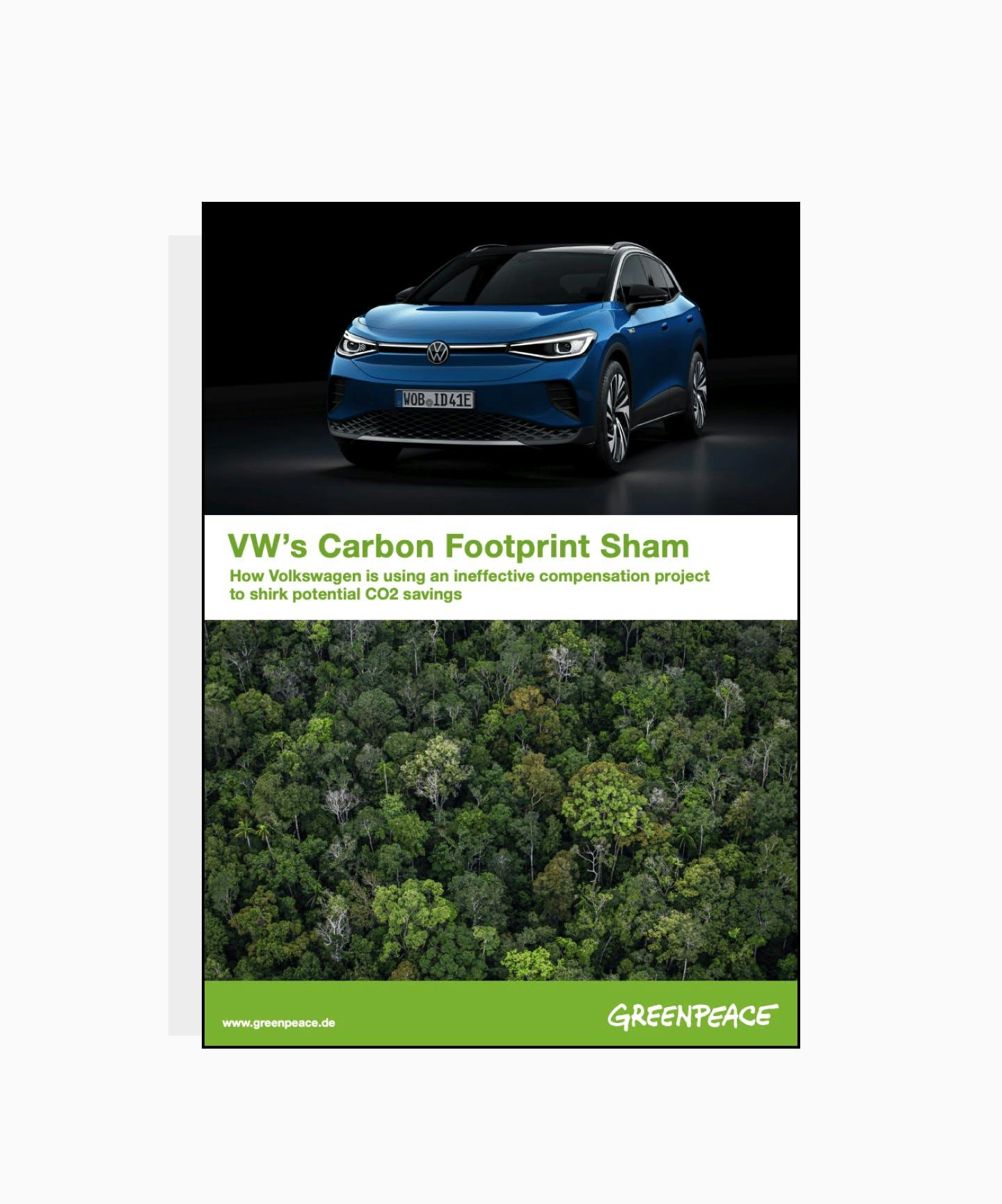
A couple of important signs of low quality offsets to keep an eye out for include:
- Cheap offsets: running a successful carbon offsetting project is hard and usually requires a lot of time and labour, so be wary of cheap offsets — they rarely have the impact they claim to have.
- No third–party verification: Gold Standard, Verified Carbon Standard (Verra), and Puro.Earth are a few trusted standards for offsetting. Verified offsets will be tracked in a registry, ensuring they are only ever claimed once to avoid double–counting.
- No transparency from the project in terms of their method (including important factors such as permanence, additionality, leakage etc) or how they are measuring and reporting on their impact — including the impacts for local people, wildlife, and ecosystems.
For more information, head to our explainer: what are high-quality offsets?
Subscribe for the latest insights into driving climate positivity
2. A lack of transparency in communication
When brands are supporting low-quality offsetting projects, they're typically also holding back information about how they went about sourcing and choosing which projects to offset with – a lack of transparency.
Transparency is everything when it comes to integrating sustainability into business, and that follows through into offsetting in a big way.
A well-thought through offsetting strategy should result in a clearly defined method for selecting which types of projects are being supported and how they are being checked and verified — or bringing a recognised offsetting partner like Lune on board who is able to add a level of authority and trust to the process.
If this information is missing from a company’s communications about their carbon removals, it’s a big hint that they may be greenwashing.
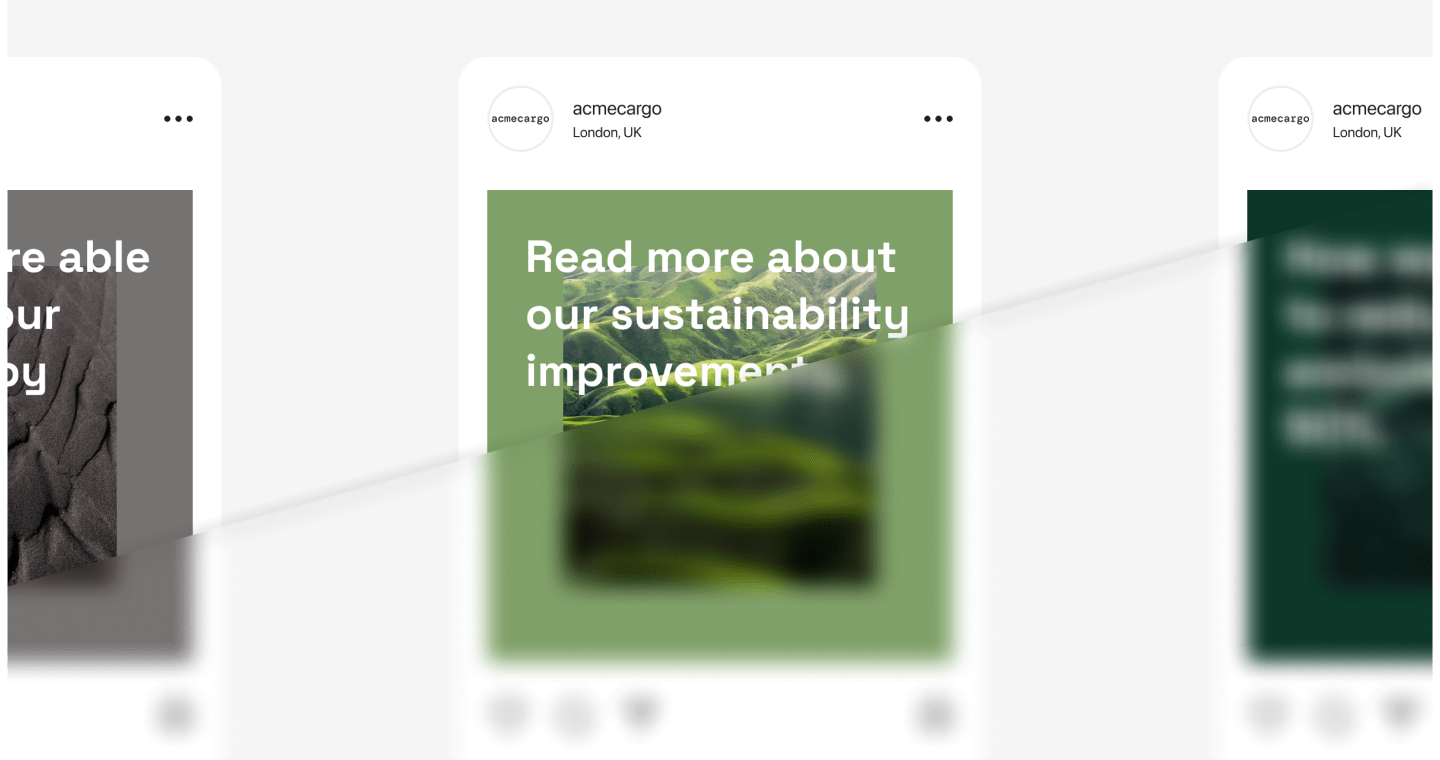
3. Offsetting without reducing company emissions
Offsetting carbon emissions should always come as part of a wider sustainability strategy which focuses first on measuring emissions from a business and its supply chain, and on reducing these emissions where possible.
If you can see offsetting initiatives listed on a company’s website, you should also be able to find evidence on how they’ve measured their own carbon emissions, their plan to reduce these, actions taken so far, and how they’re putting ongoing reporting in place on their efforts.
Science Based Targets (SBTi), for instance, is one of the authorities on setting company climate targets, and won’t verify targets as being in line with the Paris Agreement (1.5 degrees of warming) unless they can demonstrate a minimum 4.2% year–on–year reduction of carbon emissions, without any carbon removal or offsetting involved.
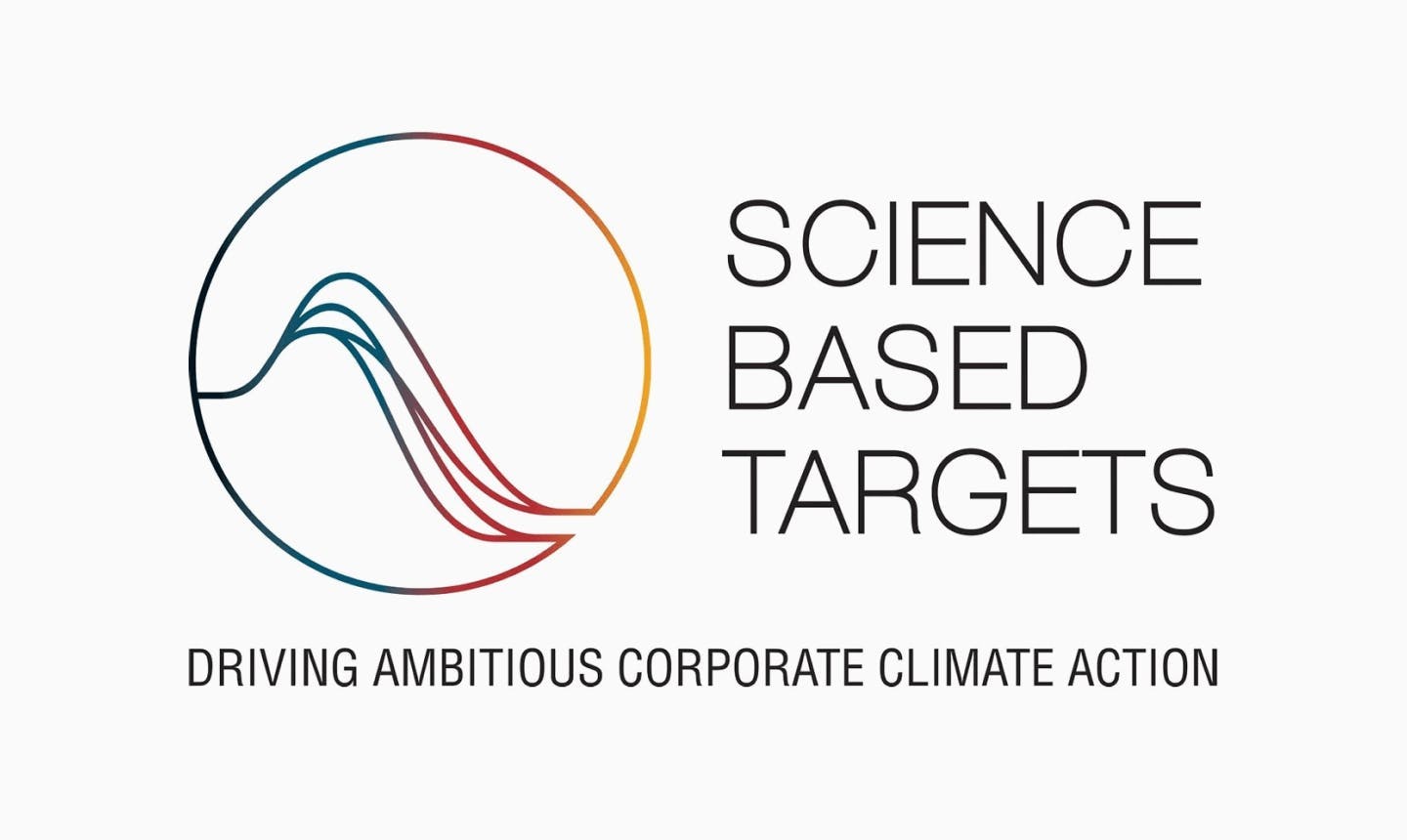
If you can’t find that information, then it’s possible that they’re using offsetting as a symbolic action, a way to publicly draw attention to their good work on climate change, without doing the hard work of truly understanding the environmental impact of the business and taking meaningful action to reduce this.
Note that it is possible to contribute to carbon removal earlier on in your company’s climate journey without greenwashing. In fact, purchasing carbon removal offsets can be a great way to have an immediate positive impact — even before you’ve started cutting your own emissions — as long as you aren’t presenting this to stakeholders as ‘offsetting to be carbon neutral’ or the like.
Unsurprisingly, it’s common to see this kind of greenwashing happening in the highest–emitting industries. Oil and gas, meat and dairy, aviation, all high-polluting industries that emit way more than their fair share of greenhouse gases. Consumers have wised up to this in recent years and come to expect businesses to be making improvements. But these are industries that rely on fossil fuels and emissions, and are therefore generally reluctant to make any real change through robust reductions plans. Instead, they use offsets to claim that their products are ‘carbon neutral’.
Airline Easyjet, for example, was in the firing line in 2021 with their ‘Destination Zero Emissions’ campaign with The Times Earth which centred around their carbon offsetting purchases (all of which are questionable avoidance credits in renewable energy or deforestation, by the way) and the message that in the future technology could allow emissions–free flying.
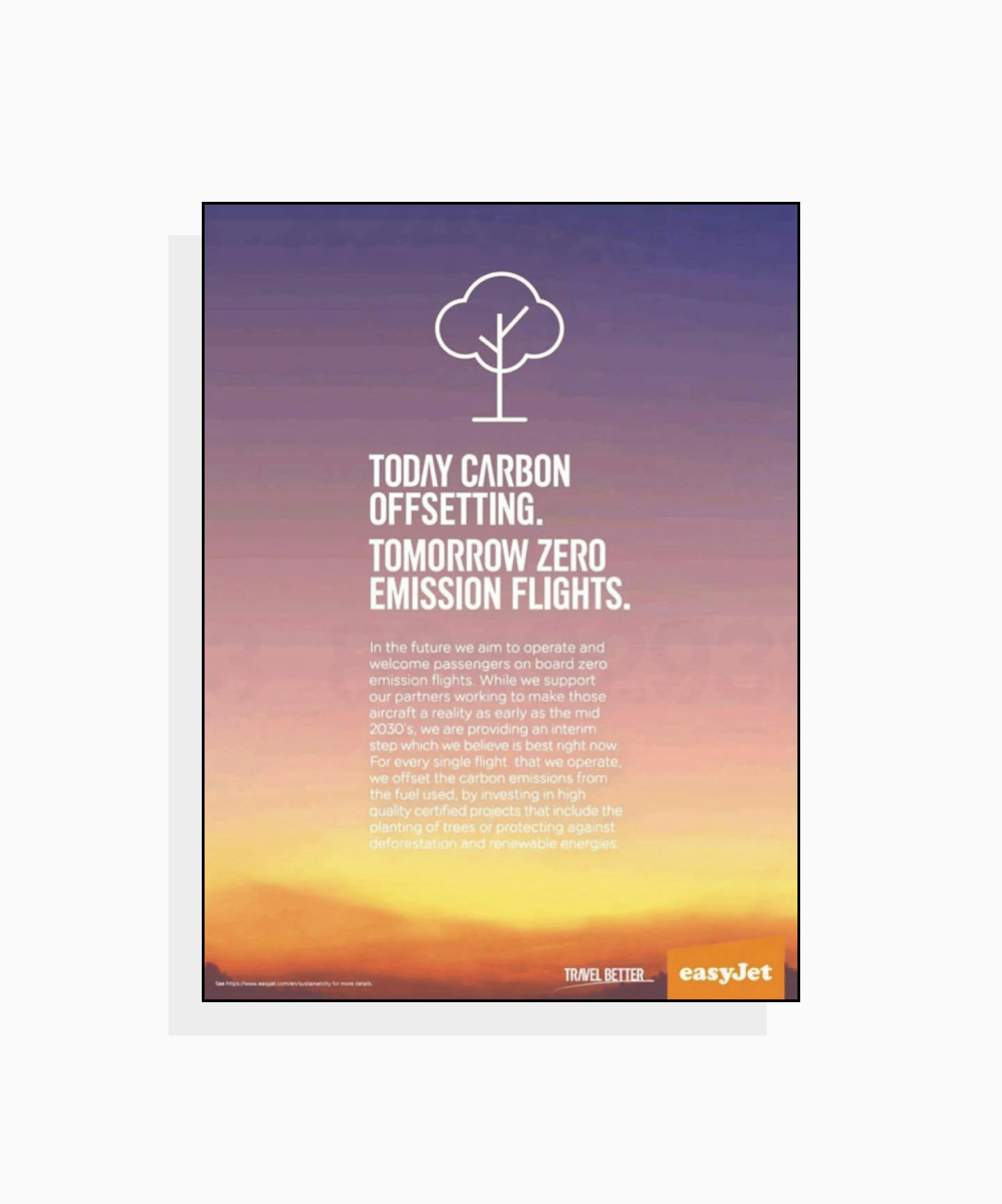
Meaning, essentially, ‘we’re doing nothing to reduce our emissions now, maybe there will be a technological fix in the future, but we’ll pay for some offsets to make it seem like we care’.
4. Offsetting as a PR and marketing activity
Companies which use carbon offsetting in a non–meaningful way are often using it as a marketing exercise.
Research shows that consumers are more and more bringing ethical and environmental concerns into their purchasing. Sustainable brands, then, are big business. Which explains why green credentials are all over packaging, websites, and ad campaigns these days.
But as we’ve seen, there are two sides to this coin: incorporating sustainability into your brand authentically and meaningfully, and greenwashing. And trust us, consumers can tell the difference.
Generally speaking, if a business is talking about their carbon removal initiatives in a large–scale, flashy ad campaign with very little practical detail, and especially if it’s accompanied by messaging encouraging consumers to feel guilt–free about high-emitting purchases because of offsetting (hello, Easyjet, on all these counts…) it’s probably just being used as a PR and marketing tactic to quickly boost sales by capitalising on this climate conscious consumer moment.
5. Red flags in language use
Language can be a real tell–tale sign when it comes to corporate greenwashing, with messaging including:
- Future–focused phrases like ‘we have ambitions to…’ or ‘by 2050 we’ll be net zero’ or ‘we’ve been thinking about our environmental responsibility’ especially when there’s a distinct lack of evidence on how they plan to get there
- Vague plans not actions. ‘Pledges’, ‘promises’, and ‘plans’ for sustainability abound. But if you see the words ‘we pledge to’, ‘ we promise to’ or ‘we plan to’ without accompanying actions or binding commitments to being a responsible organisation (think B Corp certification, for instance), it’s a red flag.
- Climate buzzwords: ‘carbon neutral’, ‘net zero’, ‘sustainable’, ‘eco friendly’, ‘green’. All buzzwords that can make a product or service look environmentally positive at a glance, but often come without any substance behind the claim.
This kind of language suggests that a company wants to appear to be doing their bit for the environment, but in reality it's all talk and very little action or impact – meaning it misleads consumers.
Take H&M as an example They were recently legally forced to remove the term 'conscious' from their clothing collections and the term 'more sustainable' from the way they describe materials used – because it was ruled that they have been misleading customers to believe that their fast fashion clothing is a good thing to buy for the planet.

Essentially, they had zero evidence to back up the language they were using – a classic case of greenwashing in marketing.
Instead, corporate climate communications should be transparent, regular, and two-way to enable conversation and feedback – read more in our blog: 7 principles for successfully communicating business sustainability
So how can you avoid greenwashing when offsetting as a business?
So with all this said, how can you approach offsetting in the right way in your company?
Well, it’s simple: take these 5 trends and do the exact opposite!
Here’s a checklist to help:
- Make a plan for measuring your own carbon emissions and reducing these first, or…
- Contribute to innovative carbon removal projects to make an immediate impact — without making any wild claims about offsetting your carbon emissions
- Ensure any carbon offsetting and/or removal projects you do contribute to are high quality
- Be transparent at every stage of your corporate climate journey, including reporting regularly on your progress
- Be honest, factual, and evidence–based in customer comms, avoiding overselling the impact of your carbon removal initiatives.
For more detail on this topic, head to our article: how to approach carbon offsetting without greenwashing.
Next steps
Worried about choosing offsetting projects on your own? Even with this advice, we know it can seem daunting. Lune can help —we’ve already done the hard work of researching and building a library of high quality projects which you can choose from.
Get in touch and a member of the Lune team will get back to you to set up an initial chat about how this could fit into your sustainability goals.
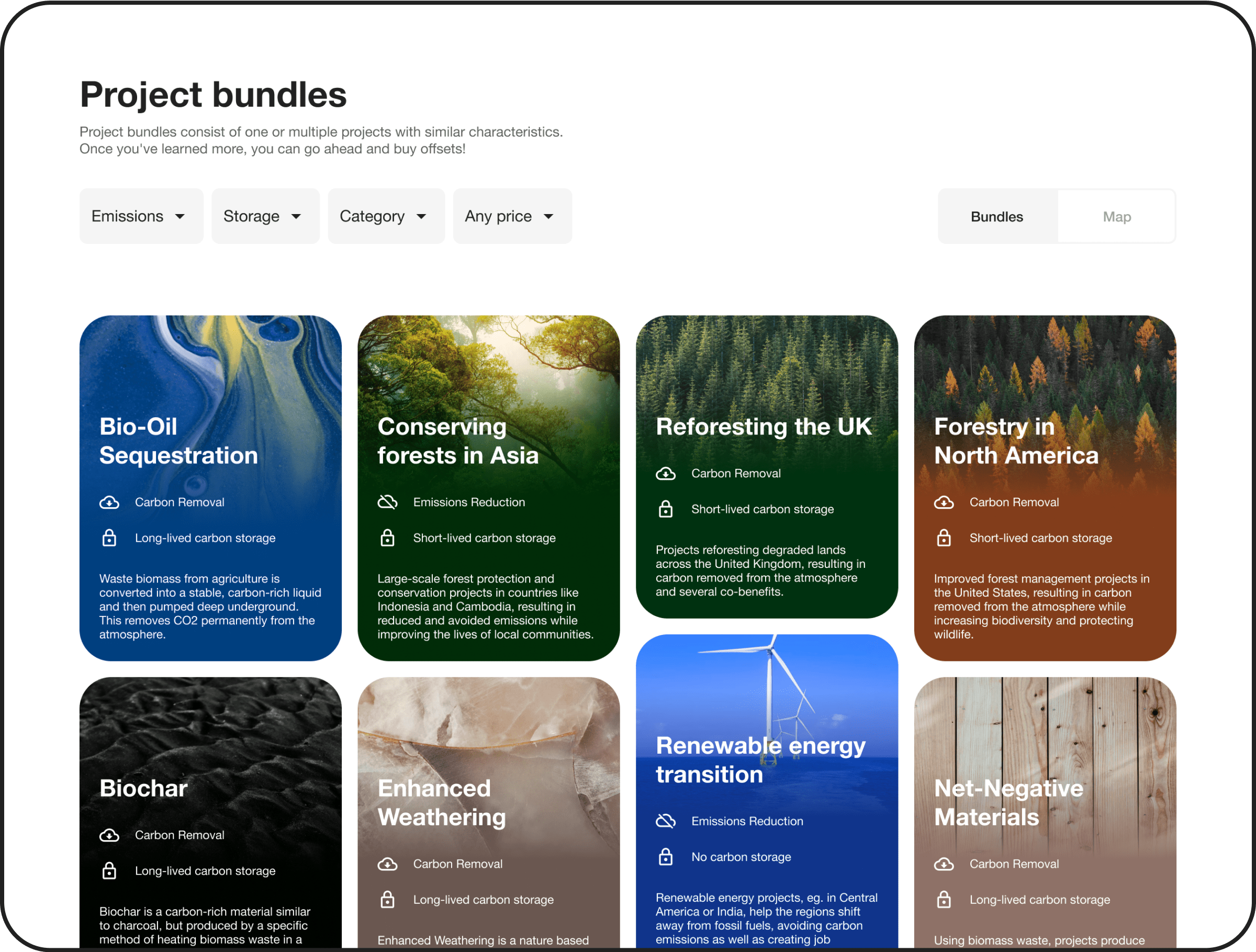
Readers also liked
Readers also liked

Subscribe for emissions intelligence insights
Get the latest updates in the world of carbon tracking, accounting, reporting, and offsetting direct to your inbox.


